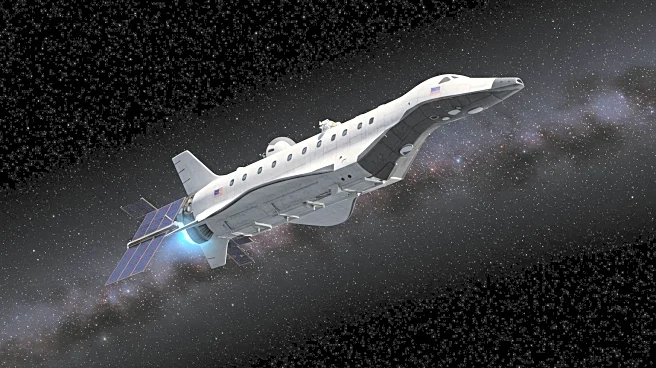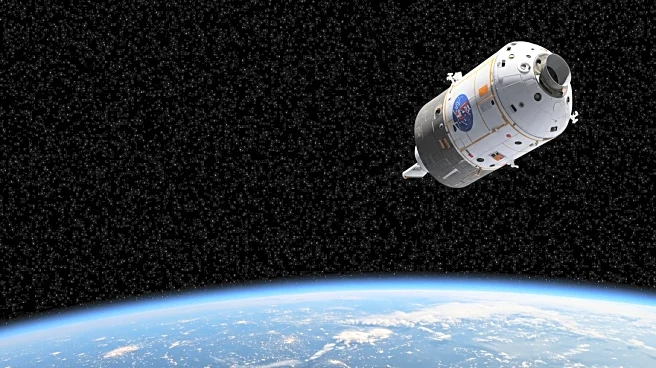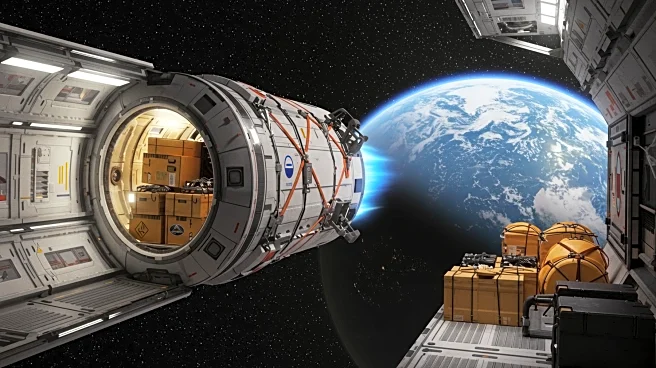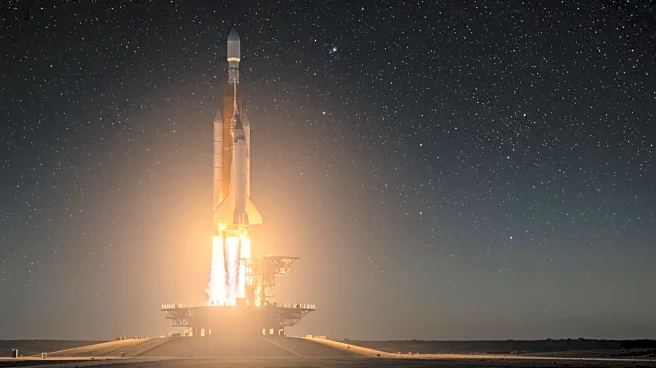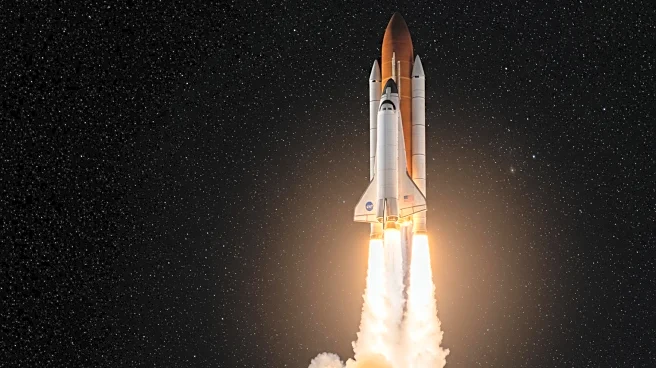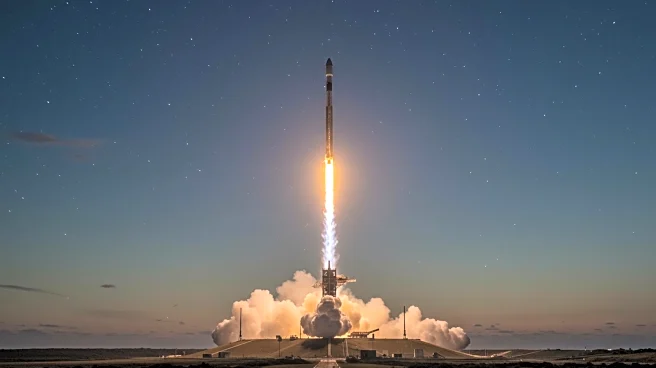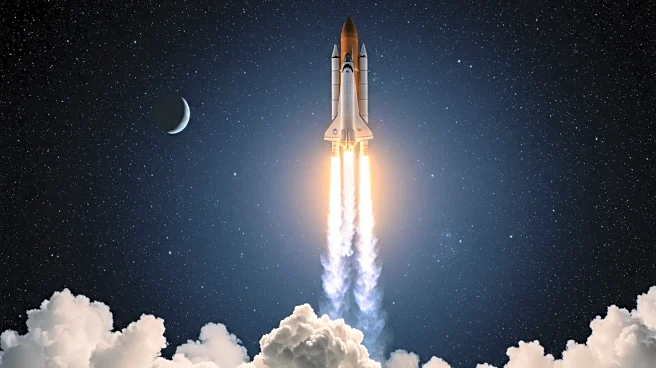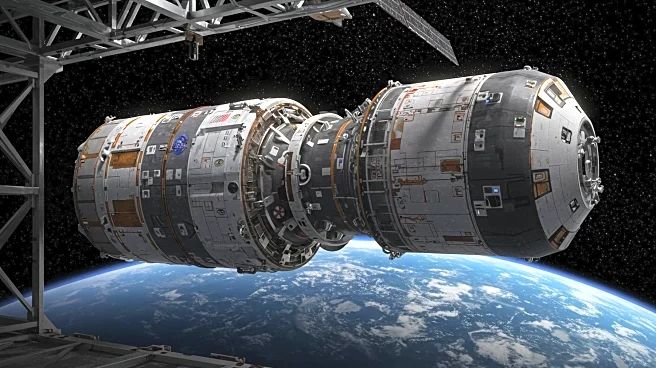Rapid Read • 7 min read
NASA is gearing up for the launch of SpaceX's 33rd commercial resupply services mission to the International Space Station. The SpaceX Falcon 9 rocket, carrying the Dragon spacecraft, is set to lift off from Space Launch Complex 40 at Cape Canaveral Space Force Station in Florida. Scheduled for liftoff at 2:45 a.m. EDT, the Dragon spacecraft is loaded with over 5,000 pounds of scientific investigations, food, supplies, and equipment. It is expected to dock autonomously at the space station's Harmony module at approximately 7:30 a.m. on August 25. NASA will provide live coverage of the launch and docking through various platforms, including NASA+, Amazon Prime, and social media channels.
AD
The resupply mission is crucial for maintaining the operations and research activities aboard the International Space Station. The scientific investigations and supplies delivered by the Dragon spacecraft support ongoing research that advances future space exploration, including NASA's Artemis missions to the Moon and potential astronaut missions to Mars. These missions not only contribute to space exploration but also offer benefits to humanity through scientific discoveries and technological advancements. The successful execution of this mission underscores the collaboration between NASA and SpaceX in achieving significant milestones in space exploration.
Following the successful docking of the Dragon spacecraft, the crew aboard the International Space Station will begin unloading the cargo and integrating the scientific investigations into their ongoing research activities. The results from these investigations could inform future space missions and contribute to the development of new technologies. NASA and SpaceX will continue to collaborate on upcoming missions, including the Artemis program, which aims to return humans to the Moon and eventually to Mars.
AD
More Stories You Might Enjoy
